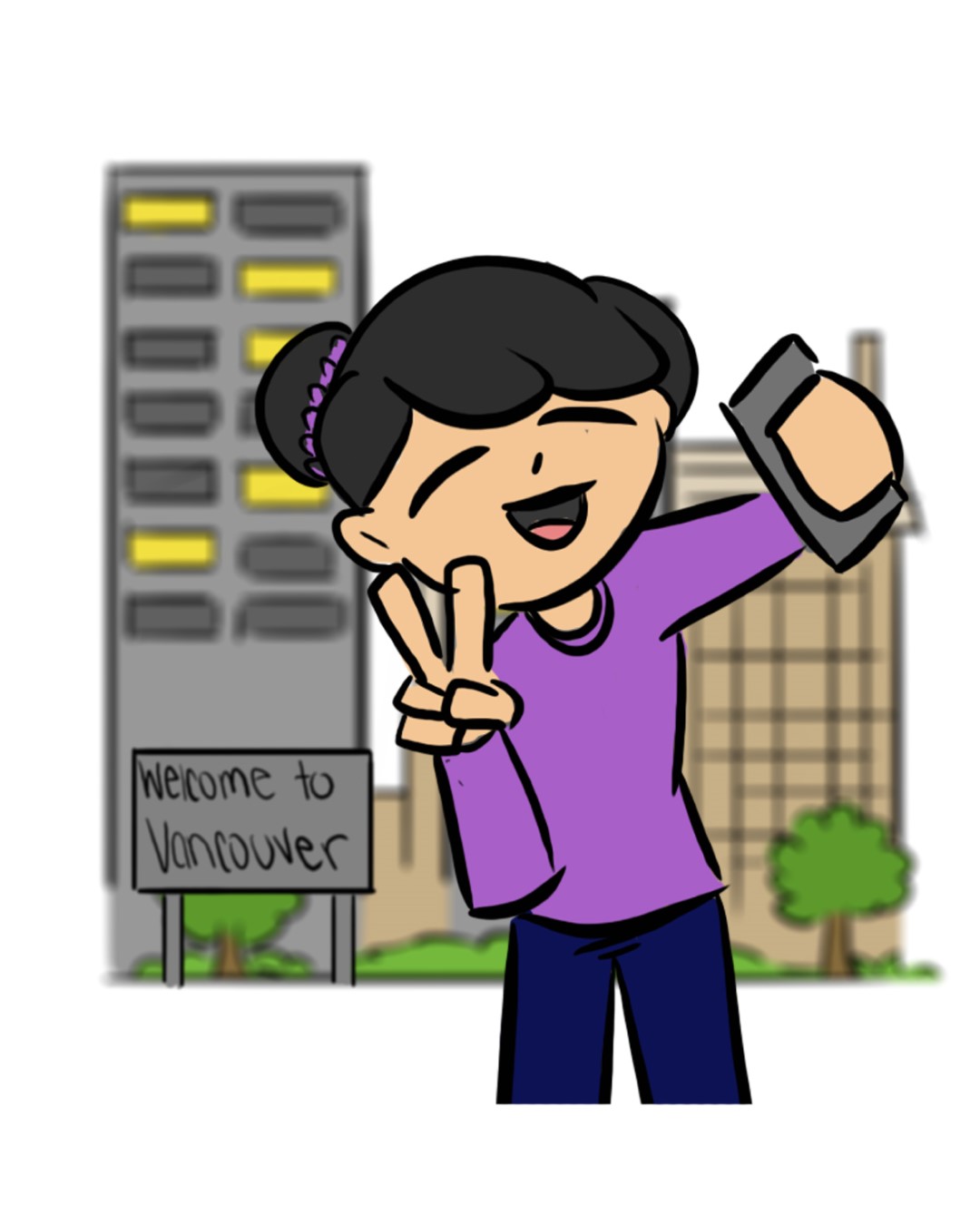Concerns over emergency response time
By Eric Wilkins, Staff Writer
A 7.7 magnitude earthquake hit British Columbia’s north-central coast on Saturday, October 27, triggering a tsunami warning. However, the largest waves generated by the quake were a mere 69 centimetres and the aftershocks were of no consequence either. Damage was minimal; other than some broken possessions and some areas losing power, there were no losses to report.
[quote]Once it had been established that there was no real danger, attention turned to the response time by Emergency Management BC (EMBC). [/quote]
Once it had been established that there was no real danger, attention turned to the response time by Emergency Management BC (EMBC). While the earthquake struck at approximately 8:04 p.m., EMBC didn’t send out a public tsunami warning until 8:55 p.m. (via Twitter). The lack of official news left local representatives to act independently. Lisa Kendall, the emergency coordinator for Skidegate, said that, “Anything that’s hard to stand up in for more than a minute, you go to higher ground.” She also mentioned that many were quick to take matters into their own hands, “By the time we got to the fire hall, 15 minutes after the earthquake, there was already steady streams of cars going up to the high ground. People went and grabbed all the elders, their relatives.”
Carol Kulesha, mayor of the Village of Queen Charlotte, recognized the late response too, “There was a delay,” though similarly to Kendall, said that, “But we didn’t depend on that. We got notification directly from the source. We understand we’re remote and that no one is going to come in the beginning to take care of us. We just put our plan into effect.”
Justice Minister Shirley Bond didn’t seem overly concerned about the response. “We’re continuing to analyse the response as we work our way through the day. Local authorities responded well, and their emergency plans seem to have worked well.” She would continue, “Obviously, minutes and hours matter when there is a potential catastrophic event, so what I want to do is refine the process so that we do that as well as we possibly can.”
Chris Duffy, executive director of operations with EMBC, was quick to defend actions taken by the response team, “Their first notification was from Mother Nature and that was when the ground shook violently.”
He also noted that, “To say that folks on Haida Gwaii didn’t get information and didn’t get contacted is not quite a fair characterization of what occurred. They had the initial ground shake and took action. They certainly had contact from my staff within minutes.”
Duffy said that there was an email sent out to various communities and agencies about the tsunami warning 12 minutes after the quake, and doesn’t know why some areas didn’t receive official word for an hour after the fact.
As for the timing of the tsunami tweet, Duffy commented, “I am not a social media expert. Our social media staff are also asked to make sure they send out accurate information and to cross-check with senior duty managers.” He would finish with an acknowledgement that there is room for improvement though, “Certainly, anytime after hours there is going to be some pressure to make sure they have communication. In a disaster, we can always look to improve and do things faster.”


